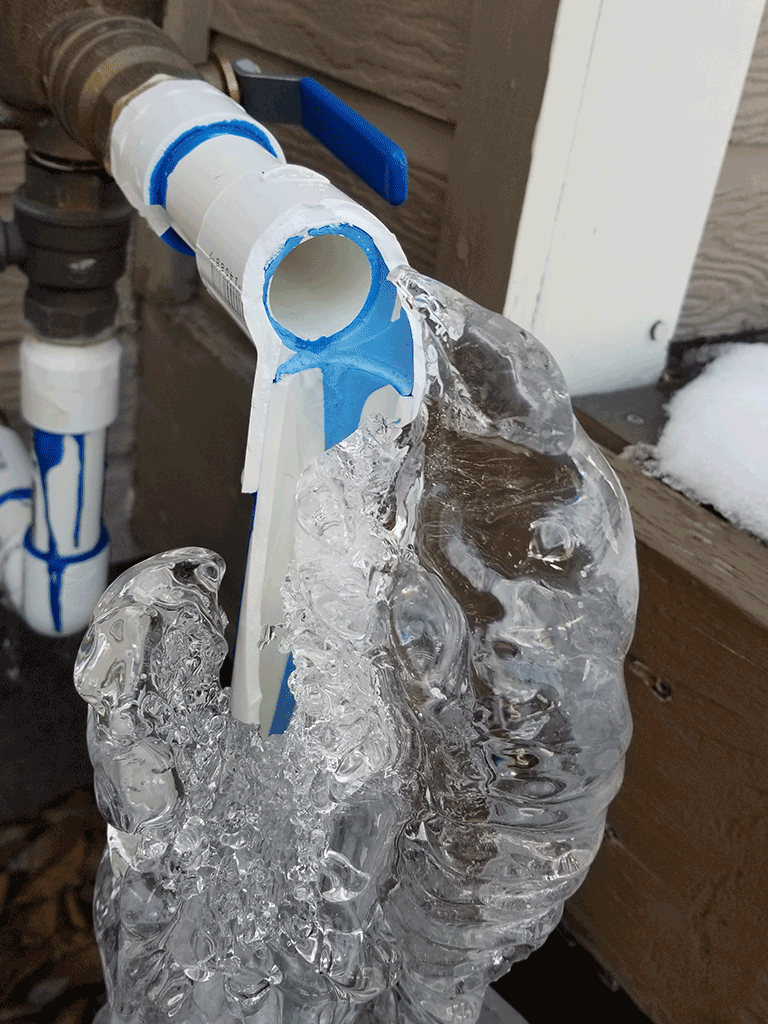Protecting Against Frozen Pipes in Winter: Essential Tips
Protecting Against Frozen Pipes in Winter: Essential Tips
Blog Article
Here below you can find additional professional information all about How to prepare your home plumbing for winter weather.

Winter can ruin your pipes, especially by freezing pipelines. Right here's exactly how to avoid it from occurring and what to do if it does.
Introduction
As temperatures decline, the threat of icy pipes increases, possibly bring about costly repair services and water damages. Understanding just how to avoid icy pipelines is critical for homeowners in chilly climates.
Understanding Frozen Pipes
What causes pipes to freeze?
Pipes freeze when exposed to temperatures below 32 ° F (0 ° C) for expanded periods. As water inside the pipelines ices up, it expands, taxing the pipeline walls and possibly creating them to burst.
Dangers and problems
Icy pipes can cause water supply interruptions, residential or commercial property damage, and costly fixings. Ruptured pipelines can flooding homes and create extensive structural damage.
Signs of Frozen Pipeline
Identifying frozen pipes early can stop them from breaking.
Just how to recognize frozen pipes
Look for decreased water circulation from taps, unusual odors or sounds from pipelines, and visible frost on exposed pipes.
Avoidance Tips
Insulating susceptible pipelines
Cover pipes in insulation sleeves or use warm tape to secure them from freezing temperature levels. Concentrate on pipelines in unheated or exterior areas of the home.
Heating techniques
Keep interior spaces effectively warmed, specifically locations with pipes. Open up cupboard doors to enable warm air to circulate around pipes under sinks.
Safeguarding Exterior Pipes
Yard hose pipes and outdoor taps
Detach and drain garden pipes before winter season. Set up frost-proof spigots or cover outside taps with shielded caps.
What to Do If Your Pipelines Freeze
Immediate activities to take
If you believe icy pipelines, maintain faucets open up to ease pressure as the ice melts. Use a hairdryer or towels taken in hot water to thaw pipes gradually.
Long-Term Solutions
Structural changes
Think about rerouting pipelines away from exterior wall surfaces or unheated locations. Add added insulation to attics, basements, and crawl spaces.
Updating insulation
Buy top notch insulation for pipelines, attics, and walls. Appropriate insulation assists maintain regular temperatures and decreases the danger of icy pipelines.
Final thought
Preventing frozen pipes requires proactive actions and quick reactions. By comprehending the causes, indications, and preventive measures, property owners can safeguard their plumbing during winter.
5 Ways to Prevent Frozen Pipes
Drain Outdoor Faucets and Disconnect Hoses
First, close the shut-off valve that controls the flow of water in the pipe to your outdoor faucet. Then, head outside to disconnect and drain your hose and open the outdoor faucet to allow the water to completely drain out of the line. Turn off the faucet when done. Finally, head back to the shut-off valve and drain the remaining water inside the pipe into a bucket or container. Additionally, if you have a home irrigation system, you should consider hiring an expert to clear the system of water each year.
Insulate Pipes
One of the best and most cost-effective methods for preventing frozen water pipes is to wrap your pipes with insulation. This is especially important for areas in your home that aren’t exposed to heat, such as an attic. We suggest using foam sleeves, which can typically be found at your local hardware store.
Keep Heat Running at 65
Your pipes are located inside your walls, and the temperature there is much colder than the rest of the house. To prevent your pipes from freezing, The Insurance Information Institute suggests that you keep your home heated to at least 65 degrees, even when traveling. You may want to invest in smart devices that can keep an eye on the temperature in your home while you’re away.
Leave Water Dripping
Moving water — even a small trickle — can prevent ice from forming inside your pipes. When freezing temps are imminent, start a drip of water from all faucets that serve exposed pipes. Leaving a few faucets running will also help relieve pressure inside the pipes and help prevent a rupture if the water inside freezes.
Open Cupboard Doors
Warm your kitchen and bathroom pipes by opening cupboards and vanities. You should also leave your interior doors ajar to help warm air circulate evenly throughout your home.

As a devoted person who reads on How to prepare your home plumbing for winter weather, I think sharing that excerpt was important. Are you aware of someone else who is interested by the niche? Take a moment to promote it. Thank you for taking the time to read it.
Article Report this page